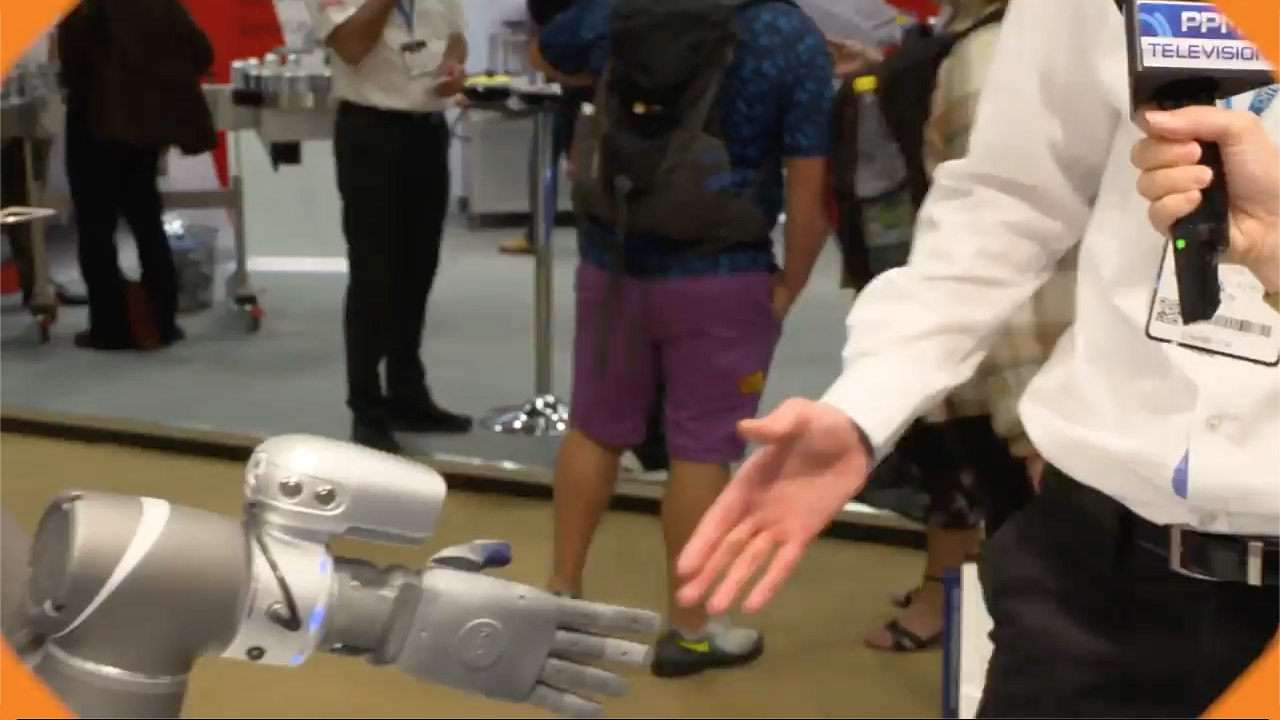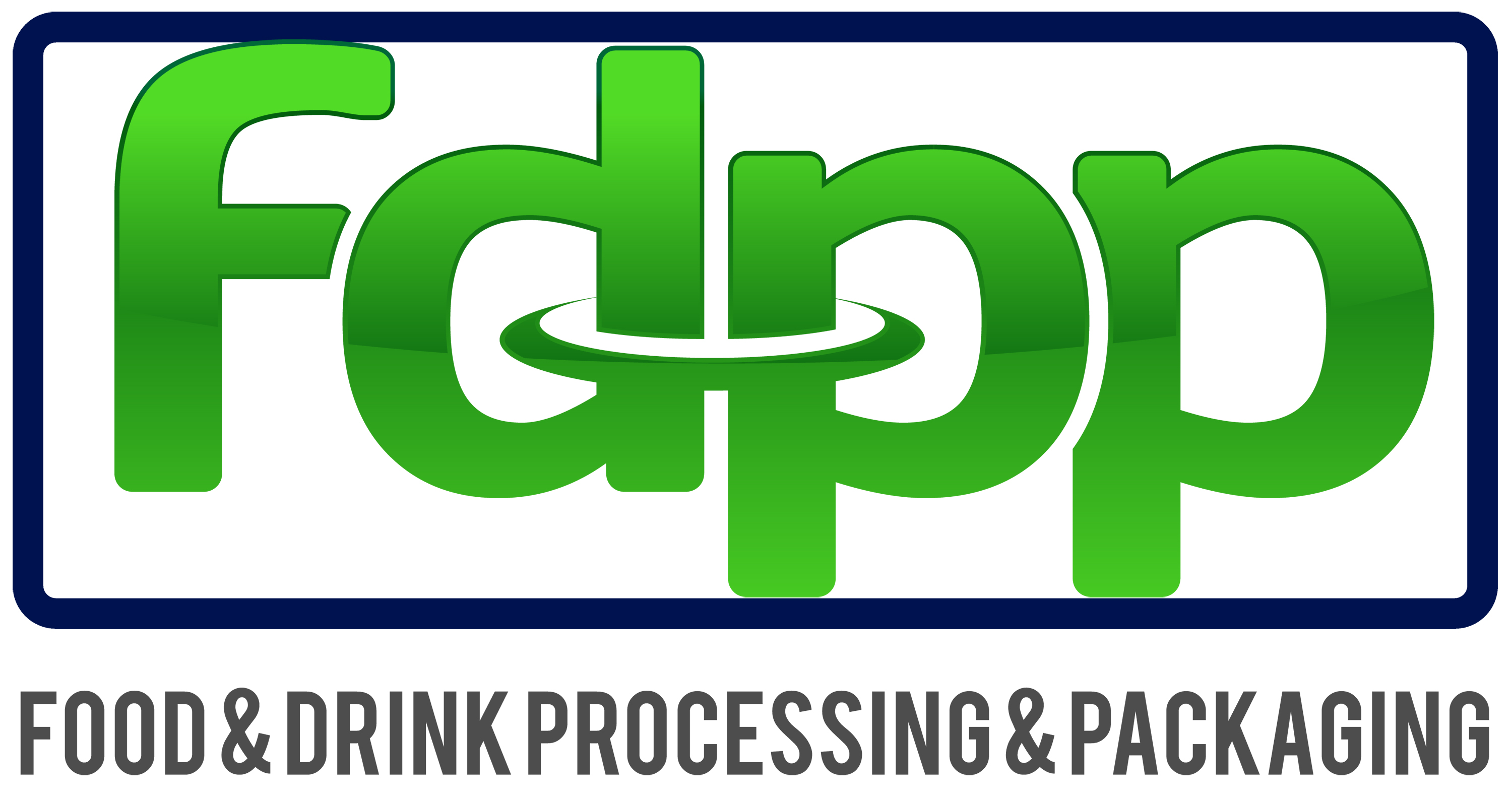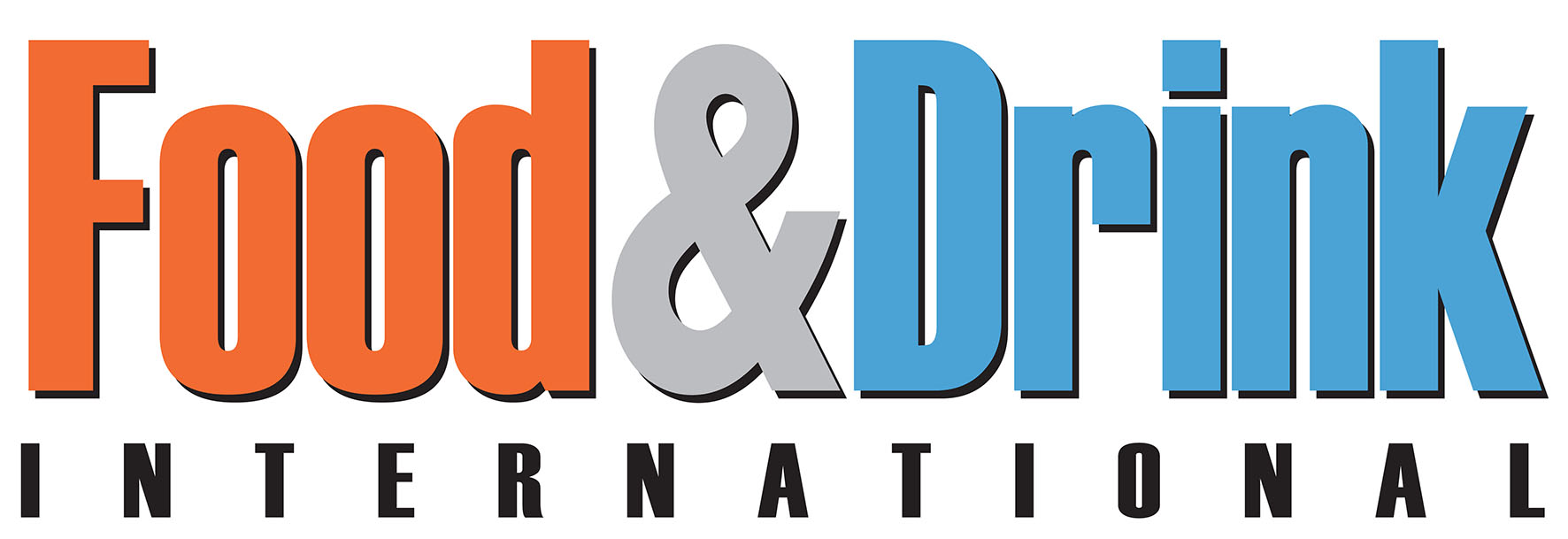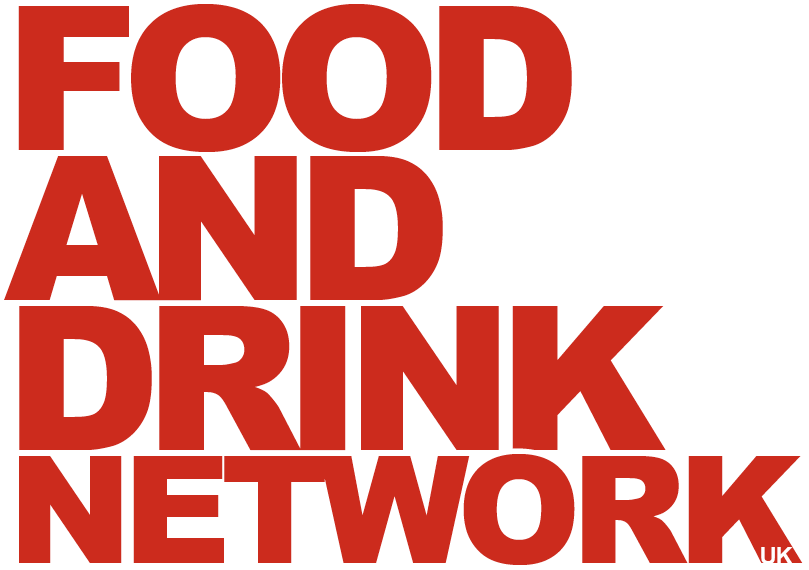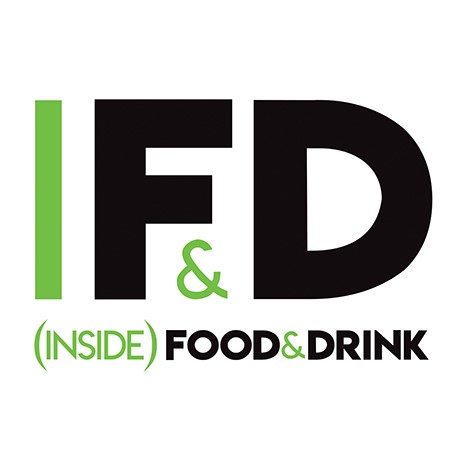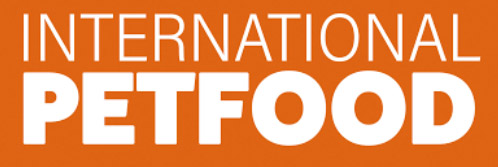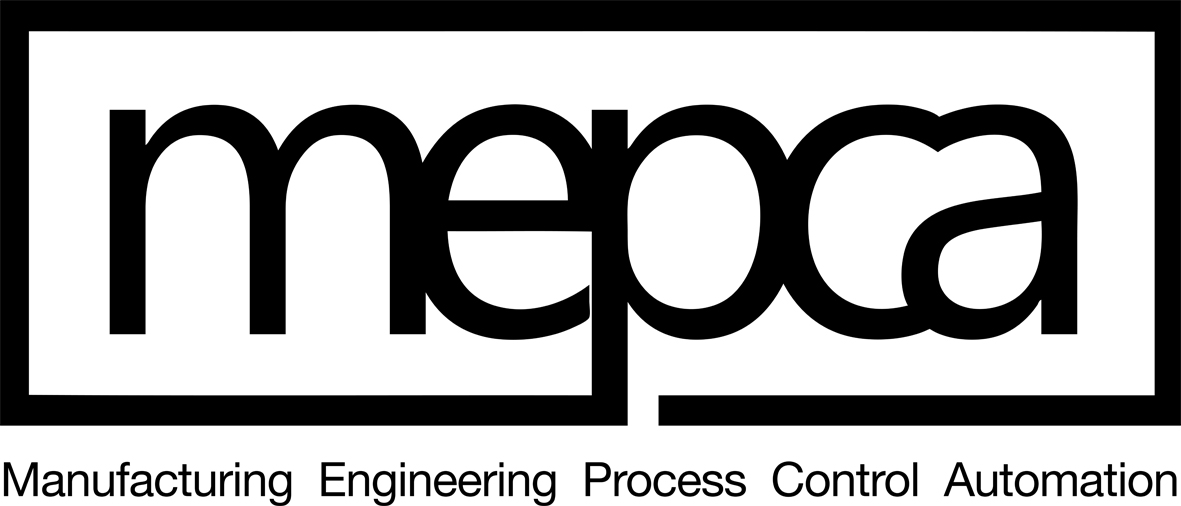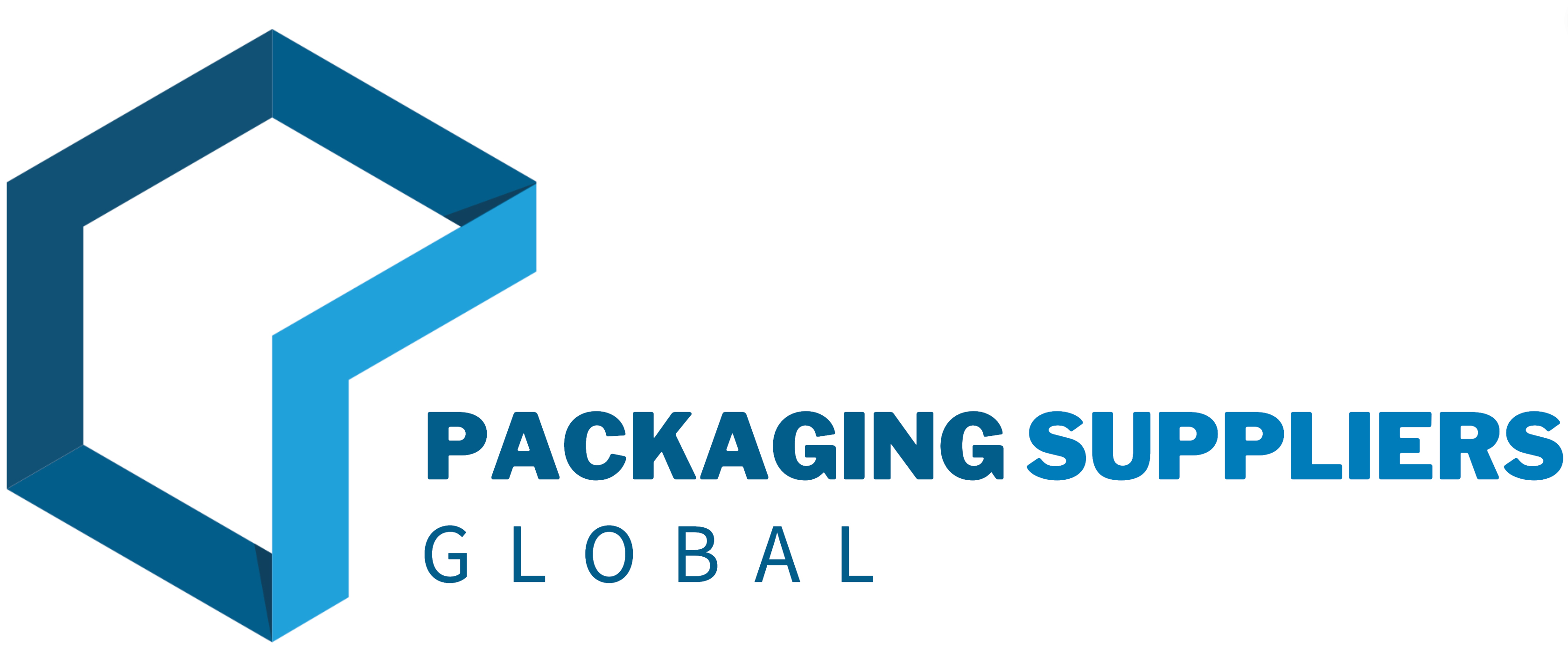Machinery Spotlight
Machinery Spotlight is an online guide to the most important equipment and services for your business. You can explore packaging and processing machinery which can help you fulfil your business plans, and follow links to suppliers and see exactly what they can offer you, with full contact details provided. To make your business more efficient, more productive and more profitable, there is no better place start than Machinery Spotlight.
Our guide covers all packaging and processing equipment for a comprehensive range of machinery for industry sectors including food, cosmetics, pharmaceuticals, household products, ecommerce and many more.
The annual PPMA Show is a highlight in the calendar for all businesses involved in packaging and processing. Exhibitors include major equipment suppliers, specialists and innovators showing visitors a remarkable range of state-of the-art machinery. For any business planning for the future, the Show is an unmissable opportunity to see equipment demonstrations and talk to experts and peers.

VACUUM PACKINGRead more |
FRUIT MACHINERY AND PACKAGING |
HEAT SEALER |
SHRINK WRAP |
MEAT |
CONVEYORS |
LIQUID FILL MACHINES |
PACKAGING MATERIALS AND CONTAINERS |
CUP SEALING |
FOOD PACKAGING |
PLASTIC SEALING |
|
Labelling machinery
Packaging labels carry important information for consumers and supply chain systems. For retail customers, labels communicate branding, contents, storage instructions, use by dates, price and much more. For operators and machine readers in logistics, labels can include details such as batch number, source, destination and returns. In other words, labels are right at the heart of packaging. Among the many specific types of labelling equipment are:
- Bottle labelling machines for beverages of all kinds in containers made of glass, PET and other materials.
- Industrial labelling machines for warehousing, distribution and logistics operations
Packaging materials and containers
An extensive range of packaging materials and containers is in use across all types of enterprises. Individual items are packed in many different types of plastic including polyethylene, polypropylene, polystyrene and PVC. Within the options for individual packs are materials which are recyclable or recycled, as well new plant-based products such as PLATM. The type of packaging ranges from blister packs and sealed trays to bags, sacks, and pouches. Liquid containers are predominantly made of glass, lightweight metal, card or PET.
Individual items are grouped together using various packaging materials. Boxes, tubes and bespoke containers made of cartonboard are used throughout the world. Shrink wrap and stretch wrap films are also in widespread use for making a single unit of a group of packs, bottles or other containers.
Conveyor machines
Conveyors are a key part of packaging and processing systems. They are essential for moving ingredients, products, containers, packs or packaging components of all shapes and sizes from one place to another. Conveyor equipment ranges from a simple conveyor belt to complex machines which sort, label and distribute products within a production or packaging unit. Principal categories of conveyor fall into four types:
- For bulk products (e.g. for powders)
- For bulk products and small units
- For small unit loads only (e.g. bottles or cartons)
- For large unit loads (e.g. pallets, crates, kegs and drums)
Robotics and automation
Robots and automated systems are major contributors to efficiency, accuracy and safety in manufacturing and packaging businesses. They allow plants to operate with lower labour costs, and enable extended operational hours with minimal downtime.
Advances in technology are creating robots able to perform increasingly complicated and challenging tasks. New control and vision systems are making use of artificial intelligence and machine learning in robots and automation to provide step changes in speed, productivity and specialised capabilities. For some operations, fully automated systems are the best option, while for others the use of collaborative robots working alongside human staff is the best use of this most modern of industrial technologies.
End of line machinery
The end of a packaging line requires the right equipment to ensure that products and packs are efficiently moved on for storage and transport. End of line machinery is often centred on a conveyor system which feeds products into outer packaging such as cartons which can them be loaded onto pallets. Pallets are usually wrapped for protection and to facilitate handling. End of line machinery can be fully or semi-automated, or involve manual handling.
- Materials handling machinery includes forklifts, conveyors, cranes, elevators, storage and retrieval systems, robots and stackers.
Bagging machines
Bagging machines are based on delivering a controlled amount of loose product into bags made of a range of materials including polymers, string nets and paper. The measured feed of product can be by gravity-fed hopper, auger screw or pump, with control by weight or volume. Bagging involves equipment which opens the bag and closes it once filled.
- Industrial Bagging Machines are designed to handle products ranging from free-flowing powders to potatoes and small components. Machines are available which are for a specified material or for a range of uses.
Filling machines
Filling machines or dosing machines are essential pieces of equipment used in food and beverage packaging, and in a range of other sectors such as pharmaceuticals, personal care and industrial gases and liquids. They measure a dose of product by various means, and feed the product into be enclosed in bags, pouches, cartons, cans, jars, bottles, cylinders, and other types of packaging.
Wrapping machines
Wrapping machines are used to apply one or more layers of material around cartons, trays, pallets or groups of products. The most commonly used material is plastic film of various grades which is either stretch wrap which has sufficient elasticity to wrap tightly around the package, or shrink wrap which requires heating for a tight fit.
- Strapping machines apply a strong plastic strap around a pallet or group of products for ease of handling and protection.
- Pallet wrapping machines either move around a stacked pallet dispensing film around the stack, or feature a turntable on which the stacked pallet revolves, pulling film off a static dispenser.
- Shrink wrapping machines lay shrinkable film over a product, package or grouped products. In a heat chamber the film is shrunk to fit tightly around the pack.
Sealing machines
Sealing machines close packaging with various kinds of seal for protection, hygiene and tamper proofing.
- Carton Sealing Machines/Case Sealing Machines apply tape over the flaps, folds and joints of closed cartons, or use glues and staples for a robust seal
- Case Erecting Machinery feature a feed of blank cartons, opens them up, folds to shape and seals part or all of the sides as required.
- Heat sealing machines apply heat to melt glue (eg on cartonboard) or plastic (eg in bags and pouches) to form a watertight seal.
- Continuous heat sealers are a permanent source of heat used in continuously running packaging lines
- Vacuum sealing removes air from bags and pouches before sealing, usually by heat.
- Shrink hood sealing involves placing product in a heat-shrinkable bag, followed by shrinking and sealing by heat
- Tray sealing machines feature placement of products on a tray (usually plastic or board) which is then wrapped in film. Vacuum or pressure is used to expel air and the pack is sealed by heat or glue.
Filling and capping machines
Filling and capping machines are used in bottling systems for all kinds of beverages, including carbonated water and soft drinks. Liquid is dosed into open bottles by volume, and a lined cap is loosely placed over the opening before being crimped to form a secure, watertight closure.
Coding and marking equipment
Laser and inkjet marking are used for variable information (such as batch number and best before dates) on packs and products. Lasers have the edge for coding on PET bottles, film, cardboard boxes and labels. They are also very precise and capable of producing accurate, small characters. They deliver better quality and contrast, and the results are very durable. Inkjet usually scores higher on speed, and works well on glass, rigid plastics, cables and cans, and can use colour.
Weighing and inspection equipment
Weighing and equipment are integral parts of packaging systems. Weighing depends on accurate electronic measurement of doses of food, liquid, powder and solid products, and inspection equipment ensures product integrity and lack of contamination. Inspection equipment includes magnetic devices which identify contamination by metals, and highly sophisticated vision systems which identify flaws, damage and inconsistencies.
Bulk Powder Handling and Processing
Handling powders in bulk requires the right storage vessels, taking into account characteristics such as moisture content, temperature, time of storage, and chemical composition. Downstream handling systems depend on a controlled flow of powder from hoppers which usually feed onto conveyor systems through various types of screw feeder.
Vision systems
Vision systems are at the forefront of packaging and processing technology. Increasing powerful camera technology is being used in inspection and control systems, and in sophisticated robots. The use of state-of-the-art vision systems is key to improvements in automation, quality and productivity.
Pumps, compressors and valves
Pumps, compressors and valves are key components used throughout processing and packaging installations for functions such as feeding materials though a production line, and controlling flow rates and volumes. Equipment can be suitable for specific or general uses.
Pharmaceutical processing equipment
The pharmaceutical industry relies on the precision and hygienic integrity of the equipment used to process items for medical use. Pharmaceutical processing equipment performs many of the same functions as processing equipment used in other sectors, but does so with minimal tolerances and maximum accuracy.
Chemical processing equipment
Chemical processing involves materials which can be toxic, combustible or unstable. As such, the design of specialist chemical processing equipment places a high priority on safety for users and the prevention of contamination to the environment.
Thermoforming
Thermoforming is the packaging technique used to create packaging from plastic material which becomes mouldable when heated. The packs are sealed with foil, plastic or board. Thermoform packaging includes blister packs, sealed trays and clamshells used throughout the food sector, pharmaceuticals, household goods, electronics and many other applications.

